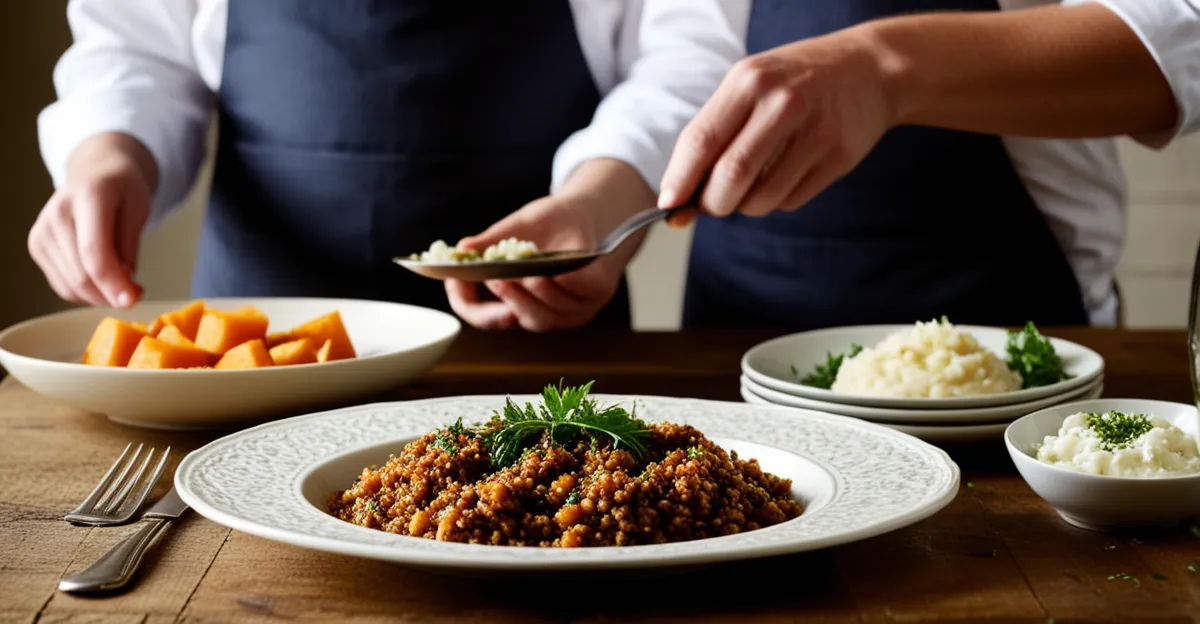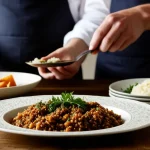Understanding Traditional British Recipes and Common Ingredients
Traditional British recipes showcase a rich culinary heritage, reflecting centuries of history and regional influences. Classic British cooking centers on hearty, comforting dishes such as roast beef and Yorkshire pudding, shepherd’s pie, and steak and kidney pudding. These dishes prominently feature staples like meat, dairy, and wheat, forming the backbone of British food history.
Meat, particularly beef, lamb, and pork, is pivotal in many traditional recipes, providing both protein and rich flavor. Dairy products like butter, cream, and cheese enhance texture and taste. Wheat, commonly in the form of flour, is essential in breads, pastries, and sauces, giving structure to baked goods such as scones and pies.
Topic to read : What are the Unique Flavors of Traditional UK Dishes?
British food history also reveals how socioeconomic and climatic factors shaped ingredient use. Preservation methods like smoking and pickling extended food longevity, while seasonal availability influenced meal composition. This culinary heritage endures in today’s kitchen, underpinning many beloved recipes. Understanding these core ingredients and historical contexts is crucial when adapting classic British dishes for modern dietary preferences without losing their authentic appeal.
Modern Dietary Trends and Their Impact
Modern dietary trends significantly influence how traditional British recipes are approached today. Popular preferences such as the vegan diet, gluten-free recipes, and low-carb adaptations have gained traction both within the UK and globally. These trends often present challenges to classic British cooking, which traditionally relies on meat, dairy, and wheat.
This might interest you : What are the steps to making a perfect roast dinner?
For instance, a vegan diet excludes all animal products, affecting dishes like roast beef or those rich in butter and cream. Gluten-free recipes eliminate wheat, essential for many British baked goods like Yorkshire pudding or scones. Low-carb adaptations limit flour and potatoes, staples in classics such as shepherd’s pie and fish and chips.
Health motivations largely drive these shifts. Increased awareness of allergies, lactose intolerance, and lifestyle choices encourage individuals to seek alternatives. This has led to creative modifications that maintain flavor and texture without compromising nutritional values.
Culinary heritage meets evolving needs as cooks experiment with ingredient swaps and new techniques. While this sometimes tests the authenticity of British food history, it also breathes new life into traditional British recipes, making them accessible to wider audiences without losing their comforting essence.










